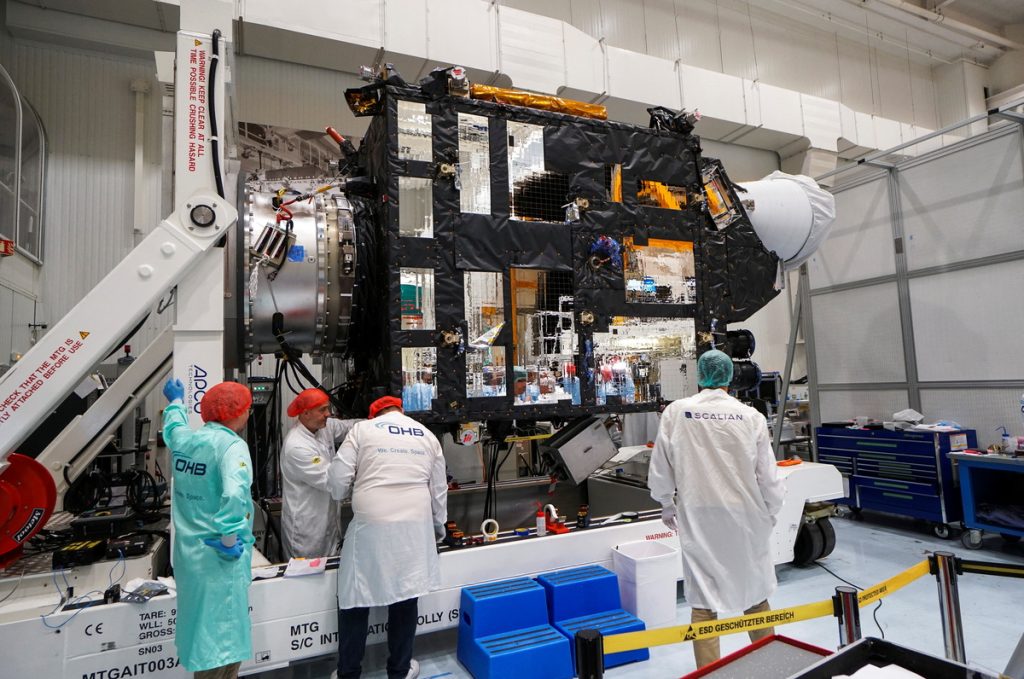Integrating US and allied capabilities to ensure security in space
FORWARD DEFENSE
ISSUE BRIEF
Introduction
Over the last two decades, the world entered a new paradigm in the use of space, namely the introduction of highly capable small satellites, just tens or hundreds of kilograms in size. This paradigm has forever changed how countries will employ space capabilities to achieve economic, scientific, and national security interests. As is so often the case, the telltale signs of this global paradigm shift were obvious to more than just a few individuals or industries. Air Force Research Laboratory’s Space Vehicles Directorate began exploring the use of small satellites in the 1990s. The Air Force also established the Operationally Responsive Space program in 2007, which explored the potential use of small satellites. However, both research efforts had no impact on the US Department of Defense’s (DOD’s) satellite acquisition programs. The advancement of small satellites was largely driven by universities and small commercial start-up companies.1The pioneer in small-satellite design and production at this time was Surrey Satellite Technology Ltd. (SSTL) of Surrey University, United Kingdom.
The introduction of commercial and government small satellites has democratized space for states and even individuals. Space remote sensing and communications satellites, once the exclusive domain of the United States and Soviet Union, can now provide space-based services to anyone with a credit card. Eighty-eight countries currently operate satellites, and the next decade will likely see the launch of tens of thousands of new satellites.2Nicholas Eftimiades, “Small Satellites: The Implications for National Security,” Atlantic Council, May 5, 2022, https://www.atlanticcouncil.org/in-depth-research-reports/report/small-satellites-the-implications-for-national-security/. Commercial and government small satellites have changed outer space into a more contested, congested, and competitive environment.
The United States has shared space data with its allies since the dawn of the space age.3Examples include remote sensing and the global positioning system (GPS). Yet it also has a history of operating independently in space. Other domains of warfare and defense policy are more closely integrated between the United States and its allies and partners. The United States has military alliances with dozens of countries and strategic partnerships with many more.4Claudette Roulo, “Alliances vs. Partnerships,” US Department of Defense, March 22, 2019, https://www.defense.gov/News/Feature-Stories/story/Article/1684641/alliances-vs-partnerships/. In recent years, there have been calls to coordinate with, or even integrate allied space capabilities into US national security space strategy and plans. In this regard, the US government has made significant advances. However, much work needs to be done. There is pressure on the United States to act quickly to increase national security space cooperation and integration, driven by rapidly increasing global capabilities and expanding threats from hostile nations and orbital debris.
This paper examines the potential strategic benefits to US national security of harnessing allied space capabilities and the current efforts to do so, as well as barriers to achieving success. The paper identifies pathways forward for cooperating with allies and strategic partners on their emerging space capabilities and the potential of integrating US and allied capabilities.
The security environment in space
The changing security environment in space is driving the United States and allies’ collective desire to cooperate in the national security space. Several recent statements and actions demonstrate potential adversaries’ plans and intentions to dominate the space domain. China and Russia have demonstrated offensive and defensive counterspace capabilities. In 2021, the two countries announced plans to build a joint International Lunar Research Station on the moon, although the path forward on this effort may have been impacted by the Russian invasion of the Ukraine.5“International Lunar Research Station Guide for Partnership”, Vol. 1.0, June 2021, http://www.cnsa.gov.cn/english/n6465652/n6465653/c6812150/content.html ; Andrew Jones, “China Seeks New Partners for Lunar and Deep Space Exploration,” Space News, September 8, 2022, https://spacenews.com/china-seeks-new-partners-for-lunar-and-deep-space-exploration/; and “International Lunar Research Station Guide for Partnership,” China National Space Administration, Vol. 1.0, June 2021, http://www.cnsa.gov.cn/english/n6465652/n6465653/c6812150/content.html. The US Space Force notes this action would give those nations control of cislunar space, an area of balanced gravity between the Earth and moon. The movement of potential adversaries to cislunar space changes the strategic environment by forcing the United States to maintain surveillance of that region of space. In addition, Russia and China have threatened to destroy entire US orbital regimes.6Matthew Mowthorpe, “Space Resilience and the Importance of Multiple Orbits, The Space Review, January 3, 2023, https://www.thespacereview.com/article/4504/1. China has also expressed its intention to be the world’s leading space power by 2045.7Ma Chi, “China Aims to Be World-leading Space Power by 2045,” China Daily (state-owned daily), November 17, 2017, https://www.chinadaily.com.cn/china/2017-11/17/content_34653486.htm. In 2022, Chinese researcher Ren Yuanzhen of the Beijing Institute of Tracking and Telecommunications led a People’s Liberation Army study to counter SpaceX’s Starlink small satellite constellation. Ren boasted they had developed a solution to destroy thousands of satellites in the constellation.8Stephen Chen, “China Military Must Be Able to Destroy Elon Musk’s Starlink Satellites if hey Threaten National Security: Scientists,” South China Morning Post, May 25, 2022, https://www.scmp.com/news/china/science/article/3178939/china-military-needs-defence-against-potential-starlink-threat.
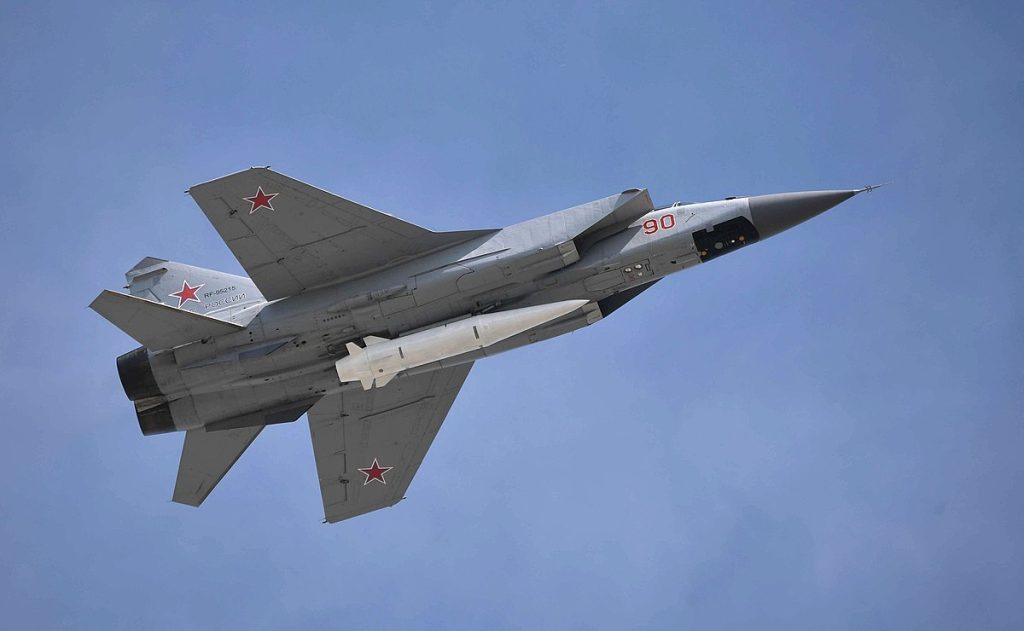
Benefits of collaborating in space
Collaborating may be defined as coordinating development programs and operational efforts of current or projected allied and partner space and related capabilities.9Note that related capabilities could include software, sensors, SSA systems, ground stations, etc. US interests would be to ensure these programs and operational efforts support US national security space strategy and planning objectives. Allied nations’ interests are in leveraging extensive US space capabilities and establishing collective security. The United States, allies, and partners have a shared interest in establishing behavioral norms in space. Collaboration between allies in space capabilities would have numerous benefits, including the following.
Altering the calculus for offensive actions. A hostile nation or nonstate actor risks a stronger response from multiple nations when attacking a coalition (versus a single nation). If the United States and allies had interoperable or integrated space capabilities, then an attack on any single country’s space systems would no longer be solely against the United States and would have impact on the collaborating or integrated systems of allies and partners. Changing the calculus for offensive actions could lead to increased deterrence against foreign aggression: “Partner capabilities increase both resilience and the perceived cost to an adversary, when an attack on one partner is seen as an attack on all,” according to the US Air Force.10Curtis E. Lemay Center for Counterspace Operations, “Counterspace Operations,” US Air Force, Last Updated, January 25, 2021 https://www.doctrine.af.mil/Portals/61/documents/AFDP_3-14/3-14-D05-SPACE-Counterspace-Ops.pdf.
Accessing geostrategic locations. Access to global geographic locations also provides access for ground-based space situational awareness (SSA); telemetry, tracking, and control (TT&C); and increasing launch resilience. Ground-based SSA requires globally distributed telescopes and radar systems. Allied collection systems operating in Japan, Australia, and territories of the United Kingdom, France, Germany, and others ensure all partners have access to global SSA data. Given that the United States has only two major space launch facilities, natural or manmade disasters could significantly erode the US ability to provide responsive space launch. Use of allied launch facilities could lessen US reliance on limited launch sites and thus mitigate that risk.
Burden-sharing in space. Allied investments in less costly smaller satellites, along with other space technologies, would increase their security and potentially reduce the financial burden on the United States to maintain space security. There have been positive developments in this realm, including Japan’s 2022 National Security Strategy, which identified several new space systems the country intends to procure.11National Security Strategy of Japan, Ministry of Foreign Affairs of Japan, Provisional Translation, December 2022, https://www.cas.go.jp/jp/siryou/221216anzenhoshou/nss-e.pdf. Given Russia’s military aggression and the success of Space-X’s Starlink satellites in supporting Ukraine, the European Union (EU) recently adopted the proposal to develop the Infrastructure for Resilience, Interconnection, and Security by Satellites (IRISS) constellation to provide broadband connectivity via up to 170 satellites.12Andrew Jones, “European Union to Build Its Own Satellite-internet Constellation,” Space.com, Future Publishing, March 1, 2023, https://www.space.com/european-union-satellite-internet-constellation-iriss. The system, with an expected deployment date in 2025, expects to employ quantum cryptography and be available to governments, institutions, and businesses (in 2027). Canada’s Department of National Defense is developing the Redwing optical microsat to provide space domain awareness (SDA).13David Pugliese, “Canadian Military Orders Space Surveillance Micro Satellite,” Space News, March 10, 2023.
Establishing global norms and standards. The space domain lacks adequate rules of the road to regulate the behavior of spacefaring nations. As the United States and its allies and partners coordinate and perhaps integrate national security space systems, they also are in the position to shape norms and increase pressure on potential adversaries to accept global standards for acceptable space behavior.
Crisis management in space. Several allies have expressed the need to ensure their strategic autonomy—that is, not being wholly dependent on the United States and therefore free to act in their own interests. The EU’s IRISS “system aims to enhance European strategic autonomy, digital sovereignty, and competitiveness.”14“Infrastructure for Resilience, Interconnection and Security by Satellites (IRISS) Constellation,” European Parliament (video), in Jones, “European Union to Build Its Own Satellite-internet Constellation,” Space.com, segment between 47 seconds and 55 seconds, https://cdn.jwplayer.com/previews/hMtl8Ak7. Still, institutions such as NATO and the Quadrilateral Security Dialogue offer an avenue to explore collective options for crisis management in space by establishing agreed-upon terminology, codes of conduct, and response policies and procedures for emergencies or crises in the space domain.
Resiliency in the face of conflict. While seemingly unlikely, a conflict in the space domain would result in attrition of space-based services. Yet, unlike in other domains, a stockpile of space systems does not exist. The emerging commercial small satellite market now provides an opportunity for resiliency in space systems. Interoperable or integrated use of allied and US government and commercial space capabilities would provide improved resiliency in response to accident or attack.15B. Bragg, ed., “Allied/Commercial Capabilities to Enhance Resilience,” NSI Inc., December 2017, https://nsiteam.com/leveraging-allied-and-commercial-capabilities-to-enhance-resilience/.
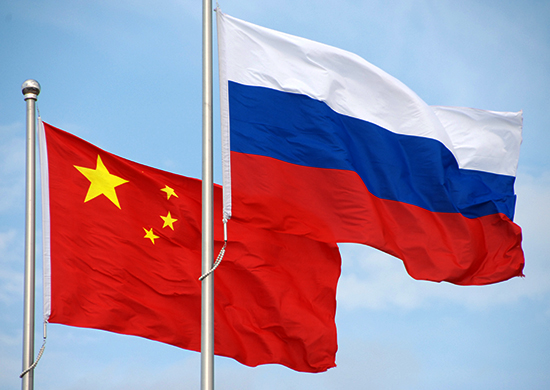
China and Russia have proposed constructing a Sino-Russo International Lunar Research Sation, a joint modular project proposed to strengthen international security cooperation and the monetization of space for both nations. Source: Mil.ru
Bolstering industrial partnerships and reducing supply chain vulnerabilities. If cybersecurity standards are put in place, integrating allied manufacturing capabilities could diversify the US supply chain and reduce existing vulnerabilities. As a first step, the space-industrial supply chain must transition away from China and toward US allies and partners, who would then be able to enhance their production capabilities by contributing to interoperable or integrated space and associated systems. However, despite a long record of international procurement collaboration between the United States and its allies and partners, the outcomes of past programs have often been mixed.16A successful example of coordinated global defense production includes the F-35, which is produced by over 1,900 companies based in the United States and ten additional nations. See “A Trusted Partner to Europe: F-35 Global Partnership,” Lockheed Martin (video), https://www.lockheedmartin.com/en-us/who-we-are/international/european-impact.html.
Existing efforts toward allied integration
Collaboration does not merely mean standardization and interoperability. Rather, the effort to create an overall US and allied space vision is a necessary first step in integrating allied space capabilities in order to obtain interoperability. Through various partnerships and efforts, the US Space Force has led efforts with six allies and partners to create a unified vision for national security space cooperation.
Combined space operations vision 2031
In 2022, the United States, Australia, Canada, France, Germany, New Zealand, and the United Kingdom signed the Combined Space Operations (CSpO) Vision 2031, which aims to “generate and improve cooperation, coordination, and interoperability opportunities to sustain freedom of action in space, optimize resources, enhance mission assurance and resilience, and prevent conflict.” This shared vision establishes a framework to guide individual and collective efforts.17Theresa Hitchens, “US, Close Allies Sign ‘Call to Action’ in Space Defense,” Breaking Defense, February 22, 2022, https://breakingdefense.com/2022/02/us-close-allies-sign-call-to-action-in-space-defense/.
CSpO participants’ shared-objectives effort is a framework to guide individual national and collective efforts:
- Develop and operate resilient, interoperable architectures to enable space mission assurance and unity of effort.
- Enhance command, control, and communications capabilities and other operational linkages among CSpO participants.
- Foster responsible military behaviors, discourage irresponsible behavior, and avoid escalation.
- Collaborate on strategic communications efforts.
- Share intelligence and information.
- Professionalize space cadres and training.18US Department of Defense, “Combined Space Operations Vision 2031,” February 2022, https://media.defense.gov/2022/Feb/22/2002942522/-1/-1/0/CSPO-VISION-2031.PDF.
Training to fight together
Since 2018, the United States has been integrating allies and partners into space warfighting plans, most notably through Operation Olympic Defender, a US effort to synchronize with spacefaring nations to deter hostile acts in space. The annual Schriever Wargame—designed to explore critical space issues and advance space support across domains—also allows select allies and partners to coordinate defense-related space activities with the United States. In August 2022, US Space Command conducted its Global Sentinel exercise, which serves as US Space Command’s premier security cooperation effort, with twenty-five participating countries. Over a one-week period, this series simulated scenarios focused on enhancing international partnerships, understanding procedures and capabilities, and integrating global SSA. These scenarios further allow participants to understand allies’ and partners’ capabilities and operating procedures, serving as a foundation for future collaboration.19“25 Nations Participate in Global Sentinel 22,” US Space Command, August 3, 2022, https://www.spacecom.mil/Newsroom/News/Article-Display/Article/3115832/25-nations-participate-in-global-sentinel-22.
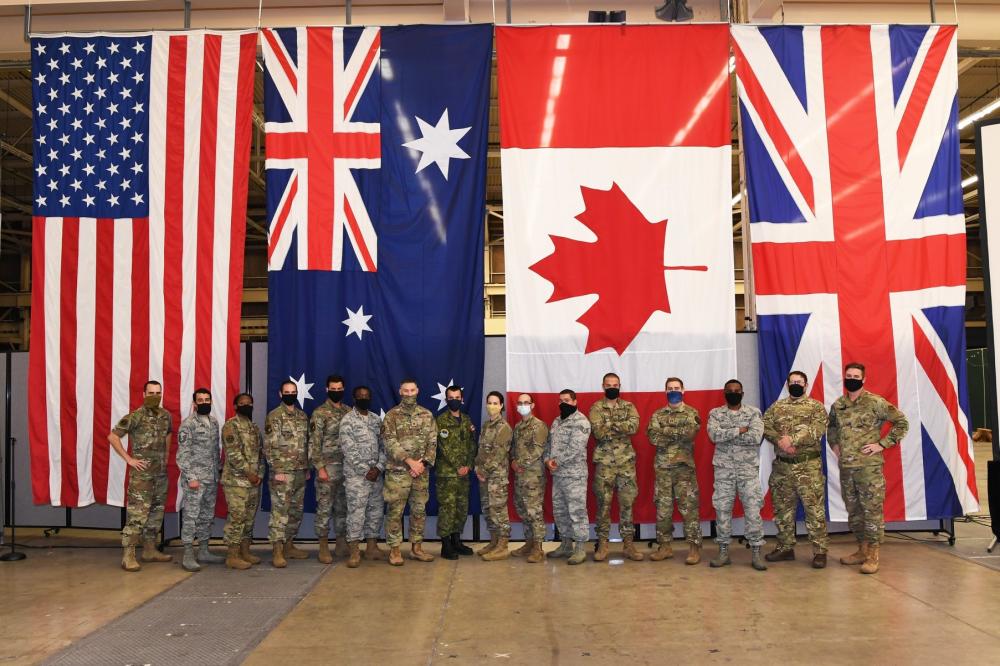
To date, the joint training efforts between the United States and its allies have been limited to tabletop exercises, thereby restricting participants’ experience in real-world applications of offensive and defensive counterspace measures. Tabletop exercises do not test capabilities or demonstrate how well an ally or partner might perform in crises or conflict scenarios. Space capabilities are integrated into major military exercises conducted with allies but do not address offensive or defensive counterspace measures.20For example, such military exercises include Balikatan, Cobra Gold, Rim of the Pacific (RIMPAC), Northern Edge, Saber Strike, and Talisman Sabre.
Challenges and barriers to integration
While the United States recognizes the value of working with allies and partners in the space domain, myriad hurdles stand in the way to fully realize the competitive advantage space alliances and partnerships offer.
In total, US allies could bring a significant fraction of US capabilities. A systemic problem is how to leverage those capabilities in a coherent way. Limited coordination limits the values of those allied capabilities. Those capabilities are only additive to United States if there is good integration and understanding on how they will have a contributing effect.21Off-the-record online interview by the author with a close US ally, November 30, 2022.
Lack of strategy to execute the vision for space. While a shared vision exists among the defense establishments of select allies and partners, there is little in the way of strategy or planning to fully realize that vision. Perhaps the greatest problem with the US approach to working with its allies and partners in space is that there is no coherent strategy for integrating allied space capabilities. Several subject matter experts interviewed for this study noted US public statements around the value of and desire to integrate allies, yet no interviewee was able to identify an existing strategy or plan to do so at any level of US government.
Bureaucratic impediments. Collaborating with allies is far easier than integrating multinational space capabilities. Allied integration must be done through a national-level strategy, integrating what, to date, are largely disconnected efforts between the National Space Council, National Security Council, the Office of the Assistant Secretary of Defense for Space Policy, US Space Command, the National Reconnaissance Office, and the Department of State. While each organization is credited with making strides in integrating allies (with varying degrees of success), the efforts are disjointed and lack connectivity and unified goals and strategy.22Interviewees noted difficulties in the US internal coordination efforts between the US Space Force’s conduct of international relations, US Department of Defense acquisition, and national and defense policy formulation.
Mind the gap. Allies and partners are attempting to understand existing gaps in the US national security space architecture and the capabilities they could provide to fill those gaps. Ironically, the CSpO Vision 2031 states that allies will collaborate “through identification of gaps and collaborative opportunities.” With the onus almost exclusively placed on the ally or partner, interviewees noted nations’ repeated requests to the United States to identify capability gaps in its projected architectures. The lack of information is due to the sensitivity of US defense gaps, with classified information making it more feasible for allies and partners to provide add-on capabilities rather than fully integrating assets.
Some level of gap analysis should be done by the United States to identify the niche areas that allies and partners could fill in the national security space architecture. That analysis should cover a period of at least five to ten years, thereby allowing allies to budget, develop, and deploy capabilities. Identifying capability gaps as requested by allies would ensure a future interoperable or integrated architecture. Primary focus areas should include space situational awareness, on-orbit servicing, communications, positioning, navigation, and timing (PNT), and cybersecurity. Each of these areas are baseline capabilities that should be interoperable or integrated between the United States and its allies and partners.23Note that on-orbit servicing is not a baseline capability, but should eventually become one.
Classification issues. There exists a widespread belief that the United States’ overclassification of intelligence is hindering US and allied space security. This issue has been publicly acknowledged by several senior US military leaders. Misclassification might be a better word to describe the problem. In addition, the US system for sharing intelligence is cumbersome, requiring an exception to the normal production processes to share intelligence with allies. Experts (including myself) note cases where sharing space-related intelligence with allies was difficult due solely to organizational culture, established processes, poorly administered policies, and other bureaucratic impediments.24The author travelled with then-Director of National Intelligence James Clapper, who was pursuing establishment of an intelligence exchange with a foreign country; the effort had limited success because the ODNI was unable to get analysts to release data. Notably, intelligence community information systems use “No Foreign Dissemination” as a default setting in the production of intelligence products; foreign disclosure of intelligence requires additional effort. It also should be noted that interviews conducted for this study with US and allied officials did not uncover any instances where space or related systems (or a national interest) were damaged due to overclassification of space intelligence.
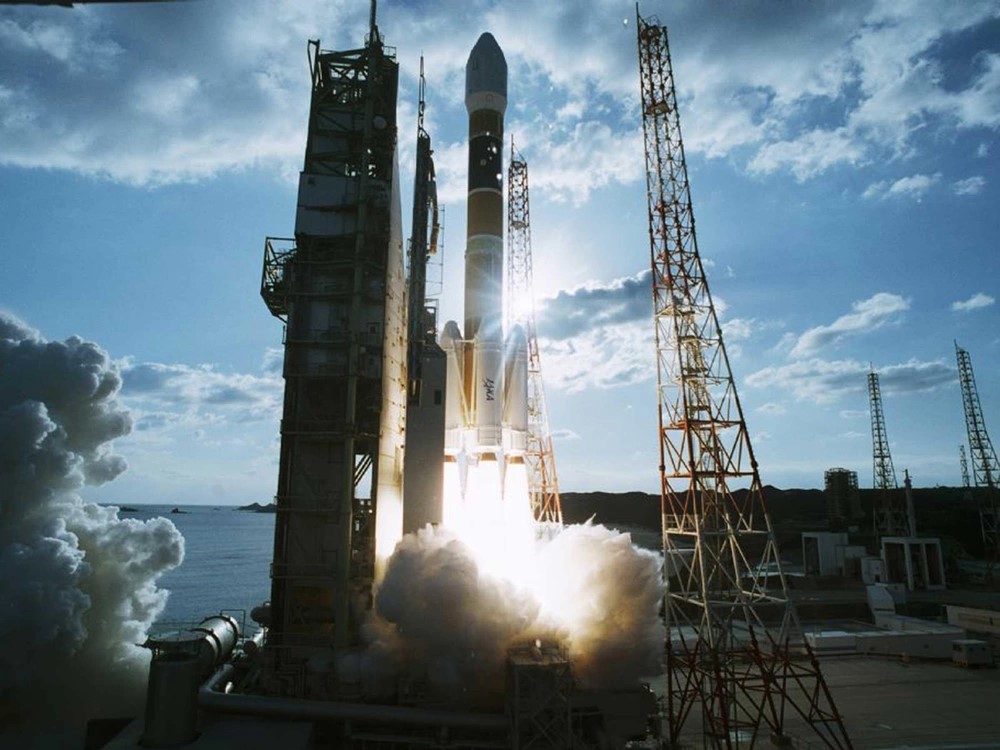
Many of these classification-related problems have existed for decades—and the United States should not wait to figure out how to share information until its hand is forced by a crisis or war. There is an inability to share information, particularly information that can be integrated into a kill chain for weapon systems. The United States has integrated information-sharing systems in other warfighting environments, but as of yet, not in space. This lack of imagination even spreads down to the US combatant commands (COCOMs): allied integration would be enhanced if US COCOMs had joined with allied space personnel providing integrated PNT and communications.25This is the case at US INDOPACOM. See “Space Force Presents Forces to U.S. Indo-Pacific Command,” Secretary of the Air Force Public Affairs, US Air Force (website), November 23, 2022, https://www.spaceforce.mil/News/Article/3227481/space-force-presents-forces-to-us-indo-pacific-command/. Moreover, the US Space Force could deploy space attachés to select embassies, perhaps under the Office of Defense Cooperation, to further embed space security interests across the globe. 26Space Force already deploys a few liaison officers globally.
Communications and data integration. After spending hundreds of millions of dollars to build the Joint Mission System to track satellites and space debris, the US Department of Defense still has no automated means to seamlessly integrate SSA data provided by allies into the US space surveillance system. One particularly high-level interview with a close ally called out the biggest issue as being communications, noting that it is impossible to discuss interoperable deterrence until this issue is addressed.27Off-the-record online interview by the author with a close US ally, December 5, 2022.
Fifteen NATO members recently signed a memorandum of understanding to launch a Space Center of Excellence in Toulouse, France. This body could provide a mechanism for data integration and operational coordination. The Toulouse center is in addition to the already operating NATO Space Centre at Allied Air Command in Ramstein, Germany, which serves as a single point for the requests and production of NATO space products.28NATO, “NATO’s Approach to Space,” last updated February 16, 2023, https://www.nato.int/cps/en/natohq/topics_175419.htm. As of February 2023, the US and Canadian governments are not founding members of the Toulouse Space Center effort.
Case study: US-Japanese space integration
While allied integration has seen success across other warfighting domains, the same cannot be said for the space domain.29An example of integrated international military operations would be the NATO International Security Armed Forces (ISAF) in Afghanistan. At its height, ISAF was more than 130,000 strong, with troops from fifty-one NATO and partner nations. Space collaboration with Japan is illustrative of the challenges in integrating efforts.
Overclassification of information related to US programs and operation capabilities makes allied integration even more difficult. For example, France and Japan have publicly stated their intentions to build geo satellites for space domain awareness. Currently, a strategy to coordinate those systems with the operating US geosynchronous space situational awareness program (GSSAP) does not exist, demonstrating a lack of plans for data sharing, burden sharing, or coordination of mission operations.30GSAP is a US geosynchronous space surveillance system, which operates like a space-based SSA system. However, Japan and the United States have agreed that space domain awareness data will be shared between the Japan Air-Self Defense Force and US Space Command starting in federal year 2023.
In 2022, the government of Japan approached the United States about its interest in playing a role in the Space Development Agency’s “Proliferated Warfighter Space Architecture,”31“The Proliferated Warfighter Space Architecture” is a layered network of military satellites and supporting elements; the architecture was formerly known as the “National Defense Space Architecture.” as Japan intends to launch a similar constellation of satellites for missile defense purposes. However, the United States has been unresponsive to Japan on how it could achieve integration. This is partly because the United States maintains concerns about Japan’s level of information security, despite Japan’s commitment to “strengthen and reinforce information security practices and infrastructure.”32“Joint Statement of the Security Consultative Committee (‘2+2’),” Japanese Ministry of Foreign Affairs, 2, https://www.mofa.go.jp/files/100284739.pdf. Yet, Japan has the world’s third largest defense budget and is a spacefaring nation with launch infrastructure, years of experience, and advanced satellite manufacturing capabilities. In addition, Japan faces increasing threats from China and North Korea, providing incentive to expand its security relationship with the United States.33John Hill (deputy assistant secretary for space and missile defense, US Department of Defense), telephone interview with the author, January 2023. In 2010, the United States came to agreement with Japan to integrate SSA sensors into the Quasi-Zenith Satellite System (QZSS) PNT system.34QZSS operates at the same frequency and same timing as GPS. This service can be used in an integrated way with GPS for highly precise positioning. The additional US sensor is unknown. However, to date, there is no plan on how to integrate the data.35Paul McLeary and Theresa Hitchens, “US, Japan to Ink Hosted Payload Pact to Monitor Sats,” Breaking Defense, August 5, 2019, https://breakingdefense.com/2019/08/us-japan-to-ink-hosted-payload-pact-to-monitor-sats/.
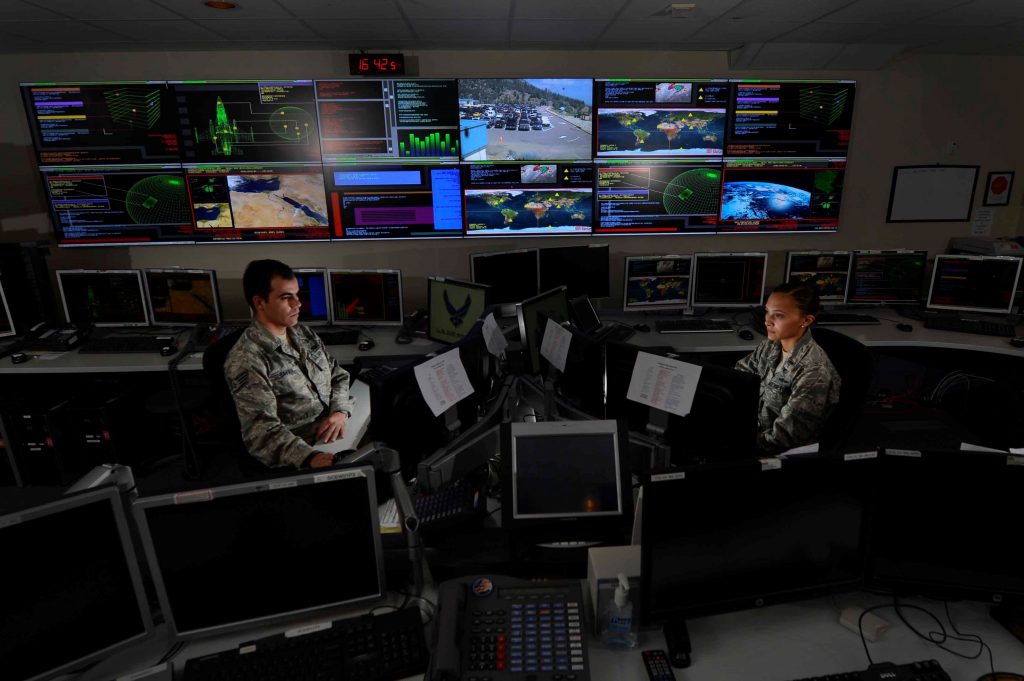
Policy recommendations
There are several key actions the United States can take to integrate allies and partners into national security space efforts.
Recommendation #1: The US Space Force should conduct a gap analysis to guide allied investments into space capabilities, prioritizing capabilities such as SSA, on-orbit servicing, communications, PNT, and cybersecurity. This gap analysis should identify in which areas the United States wants to collaborate with allies, identify opportunities for interoperability, and which areas are open to integration of capabilities.
Recommendation #2: It would benefit the US Space Force to have an outside entity analyze its internal policies, procedures, bureaucratic obstacles, and human capital levels to determine why the effort to integrate allies has been so minimally effective.
Recommendation #3: The US National Space Council should lead an interagency working group to develop a US government integrated strategy that establishes goals for and metrics to assess US and allied space capabilities and integration efforts.
Recommendation #4: The US Department of Defense and Office of the Director of National Intelligence should form a working group to establish best practices for sharing classified information with allies.
Recommendation #5: US Space Command should develop real-world exercises with allies and partners to test SDA, electronic warfare, and space control capabilities—all of which will be critical to deterring and, if necessary, responding to future space conflicts.
Recommendation #6: The US Departments of Defense and State should work toward consistency of approach in terms of governance of space activities, including through establishment of multilateral engagement and national regulations to allow flexibility and transportability of launch access at short notice.
Recommendation #7: The National Security Council should lead an interagency effort to establish consistency of national regulations between allies and partners (comparable laws and/or standards) so that systems and operations are transferable and receive mutual recognition and acceptance.
Conclusion
The United States and its allies and partners are moving toward sharing SSA data, understanding each other’s policies and procedures, and collaborating on space operations. Still, much work needs to be done to expand collaboration and achieve interoperability (if desired) between rising space powers. Without a strong indication from the US government of what exactly it wants from its allies and partners—as well as what it is prepared to give in return—the United States will not be able to effectively harness the competitive advantages offered by allied space capabilities. It is incumbent on the United States and its allies to immediately embark on a way forward to jointly ensure a safe and secure environment in space. Failure to change current practices and act in a timely fashion will lead to increased space threats and diminished national and economic security.
Generously Sponsored By

About the author
Watch the launch event

Forward Defense, housed within the Scowcroft Center for Strategy and Security, generates ideas and connects stakeholders in the defense ecosystem to promote an enduring military advantage for the United States, its allies, and partners. Our work identifies the defense strategies, capabilities, and resources the United States needs to deter and, if necessary, prevail in future conflict.
Image: U.S. Air Force radio frequency transmission specialists with the 264th Combat Communications Squadron, Illinois Air National Guard, move a 1.2-meter air bus ranger satellite to redistribute its the power usage at the 182nd Airlift Wing, Peoria, Illinois, Aug. 13, 2022. The satellite is used for communication operations such as internet. (U.S. Air National Guard photo by Staff Sgt. Paul Helmig)

